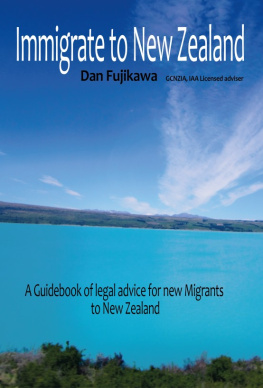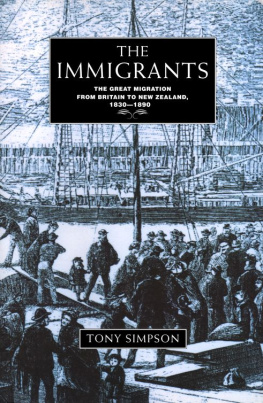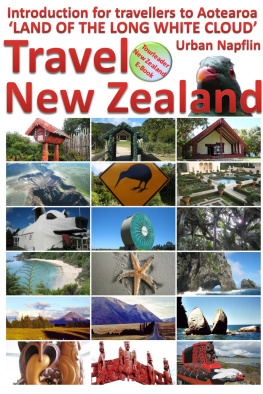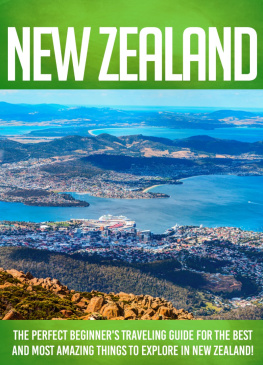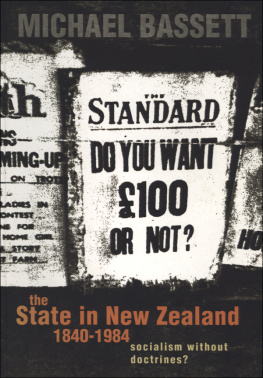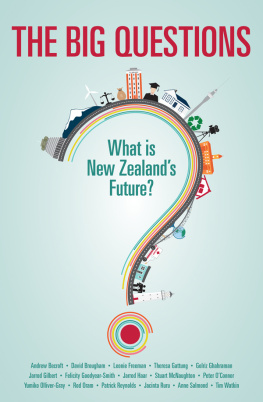Immigrate toNew Zealand
A Guide tohelp new migrants or anyone thinking of immigrating to NewZealand
2nd editionOctober 2016
By DanFujikawa
GCNZIA, IAALicensed adviser
Published byKIWI@HOME Immigration Advice at Smashwords
Copyright 2016KIWI@HOME Immigration Advice
SmashwordsEdition, License Notes
This eBook islicensed for your personal information and enjoyment only. ThiseBook may not be re-sold or given away to other people. If youwould like to share this book with another person, please purchasean additional copy for each recipient. If youre reading this bookand did not purchase it, or it was not purchased for your use only,then please return to Smashwords.com and purchase your own copy.Thank you for respecting the hard work of this author.
Disclaimer
Every effort tomake sure that the information contained in this book is accurateat the time of publishing [July 2016] has been made, but asimmigration law in New Zealand changes frequently, please checkwith a licensed adviser before making important decisions. Alleffort has been made to include general information that should beslow to date.
Neither DanFujikawa nor KIWI@HOME Immigration Advice will bear anyresponsibility for how the advice within this book is used and anyoutcome or course of action that has been decided based on theinformation contained herein. The information presented in thiseBook is of a general nature that applies to a wide range ofsituations. No person who has not entered into a written agreementfor services with Dan Fujikawa will have any claim of redress andwill bear full responsibility themselves for how the informationobtained from this eBook is used.
For specificlegal advice for your situation, please contact us at the e-mailaddress at the end of the book.
Table ofContents
Foreword
Immigrating toNew Zealand can be a big change in your life, every year thousandsof people make the move to New Zealand for many different reasons.There are many opportunities and for many people it can mean a muchbetter life for them, their children and their childrens children.However, a new country is only as good as you allow it to be, so ifmigrants dont migrate with the best intentions, the bestpreparation or with realistic expectations, then the dream canbecome a nightmare.
I have writtenthis book mainly for people who are thinking of making a new lifein New Zealand, people who are aiming at getting permanentresidence here. Residence is the aim of many people and isgenerally the most difficult application, but the one which has thebiggest rewards. However the information contained within this bookwill be relevant for people with any type of visa in mind.
The informationin this book is current at 2016. The New Zealand immigration regimechanges regularly, but all effort is made to provide informationwhich reflects the New Zealand Governments policy on immigrationand in general this policy is not predicted to change so much inthe near future.
Before youbegin your immigration journey however, always consult with aprofessional if you are unsure of the most up to dateinformation.
I have aimed towrite this book in plain language so that as many people aspossible can understand the New Zealand immigration system withouthaving to study New Zealand immigration law beforehand. Law is adifficult subject and I strongly believe that the content andintention of the law should not be even more confused withunnecessarily difficult language. As the vast majority of thepeople wishing to immigrate to New Zealand are not lawyers with anEnglish speaking background, I hope that you will find theinformation in this book both accessible and useful.
About DanFujikawa
I am a LicensedImmigration Adviser (LIA) and am qualified with the GraduateCertificate in New Zealand Immigration Advice (GCNZIA), passingwith very high grades, and I hold a full license through theImmigration Advisers Authority (IAA).
I have morethan 16 years experience in international education as a teacher,administrator and adviser to international students and peoplewanting to succeed in a western cultural environment. As a graduatefrom the University of Canterbury in Christchurch, New Zealand witha major in physics, I have a passion for accuracy and doing thingsproperly. I believe physics is a good match for immigration lawbecause it is important to find out all factors which influence thereality of a situation and this helps us deal with the situation inthe best way possible.
1.Introduction to the New Zealand immigration system
The New Zealandimmigration system was substantially reorganised with theImmigration Act 2009 into a more flexible system that would be ableto cater for the needs of New Zealand in attracting migrants andvisitors that the New Zealand Government felt were desirous for thecountry.
The history ofimmigration policy in New Zealand
New Zealand isa country of immigrants and from the beginning there have beenclear ideas as to what type of person makes an ideal migrant.Legislation has been created to reflect the ideas and ideals of thetime and as the social, economic and international environment haschanged, so has our immigration legislation. Immigration policy ismade to reflect the balance of exercising New Zealands statesovereignty and our international obligations.
The ImmigrationAct 1965 was focussed on managing immigration based on the originof the potential migrant. There was a clear idea of certain peoplebeing more desirable for New Zealand than others. Migration fromEuropean countries and the UK was encouraged, while Chinese andPacific island nations were not encouraged. There were policies inplace which actively restricted the number of Chinese immigrantspossible, such as the rule that there was to be nor more than oneChinese person per 100 tons of a ships tonnage. Pacific islandmigrants were exploited for cheap labour when New Zealands economywas doing well, but were blamed for the countries woes when theeconomy became tougher. Although many aspects of the 1965 Act showan overall negative image of our immigration policy, New Zealandwas accepting refugees before the 1952 refugee convention.
The ImmigrationAct 1987 saw a focus shift from where the potential migrants werefrom to what skills they had. It was realised that New Zealandneeded skilled workers and that they could be found in otherethnicities as well. In addition to this shift towards fairness,the act of overstaying or being illegally in New Zealand waschanged from being an offence and dealt with by the courts, to theperson involved being served with a removal order and deported fromNew Zealand. The 1987 Act also saw the concept of visas and permitsas well as different categories of permits.
The ImmigrationAct 2009 has a stated purpose to manage immigration in a way thatbalances the national interest and this can be seen best in theway that this Act allows for flexibly adjusting immigration policywithout having to draft a new Act every time. ImmigrationRegulations and instructions allow for the details of requirementsfor migrants to be changed to meet the social and economicenvironment of the time. A good example of this is with the skilledmigrant category, when certain jobs are in shortage they becomelisted on the skills shortage lists thus giving the migrants withthese in-demand skills a chance to gain residency.
There were alsochanges made to reflect New Zealands international obligations.The Immigration and Protection Tribunal was established, combining4 separate independent tribunals; classified information wasapplied to a much larger range of immigration decision making areasand the category of Protected person was created to properlyprotect people who were not eligible for refugee status, butnevertheless deserved protection. New Zealand has ratified and isparty to numerous international human rights agreements, and theseadditions to the legislation both help to ensure that we have apositive international reputation as well as being seen as apro-active country in terms of protecting human rights.
Next page
